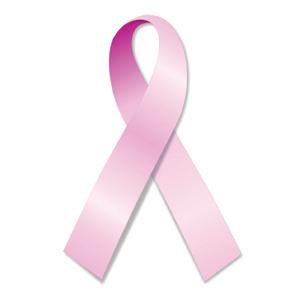
1 minute read
B is for Breast Cancer
from 2009-09 Sydney (2)
by Indian Link
and confused, with many more unanswered questions to ask. Here is a synopsis of the condition at a glance, with a few relevant FAQs.
What causes breast cancer?
EVERY YEAR, the world marks October 26 as Pink Ribbon Day in recognition of the need for increased awareness about Breast Cancer, one of the leading causes of death in women internationally. I will do my bit again this year, and buy a cute pink ribbon brooch at work. But thanks to intense media campaigns and the endorsement of celebrity figures to this cause, breast cancer is no longer a taboo topic. However, as we learn more about this ailment, the sheer overload of information leaves us dizzy
Breast cancer is caused by certain changes in DNA. While some breast cancers may be caused by inherited changes in DNA, most are due to acquired changes. We don’t know exactly what causes breast cancer, but we do know that certain risk factors are linked to the disease. There are risk factors that cannot be changed like age, gender, family history, etc., but lifestyle choices that can lower the risk are having children at an early age, breastfeeding your babies, avoiding alcoholic drinks, not using birth control pills and hormone replacement therapy for prolonged periods of time, keeping fit by exercising regularly, and not being overweight.

Symptoms of breast cancer
Breast cancer may not show any symptoms in its early stages. A lump which might turn into cancer could initially be too small to be noticed or it might not cause any unusual changes. More often than not it is the mammogram or an xray that detects an abnormality, rather than an examination. However in some cases, the first sign could be a lump or a mass that can be felt. A lump that is hard but painless and is uneven to the touch is likely to be cancerous. Then again on occasions a completely opposite study of tender, soft and evenly rounded lumps have











